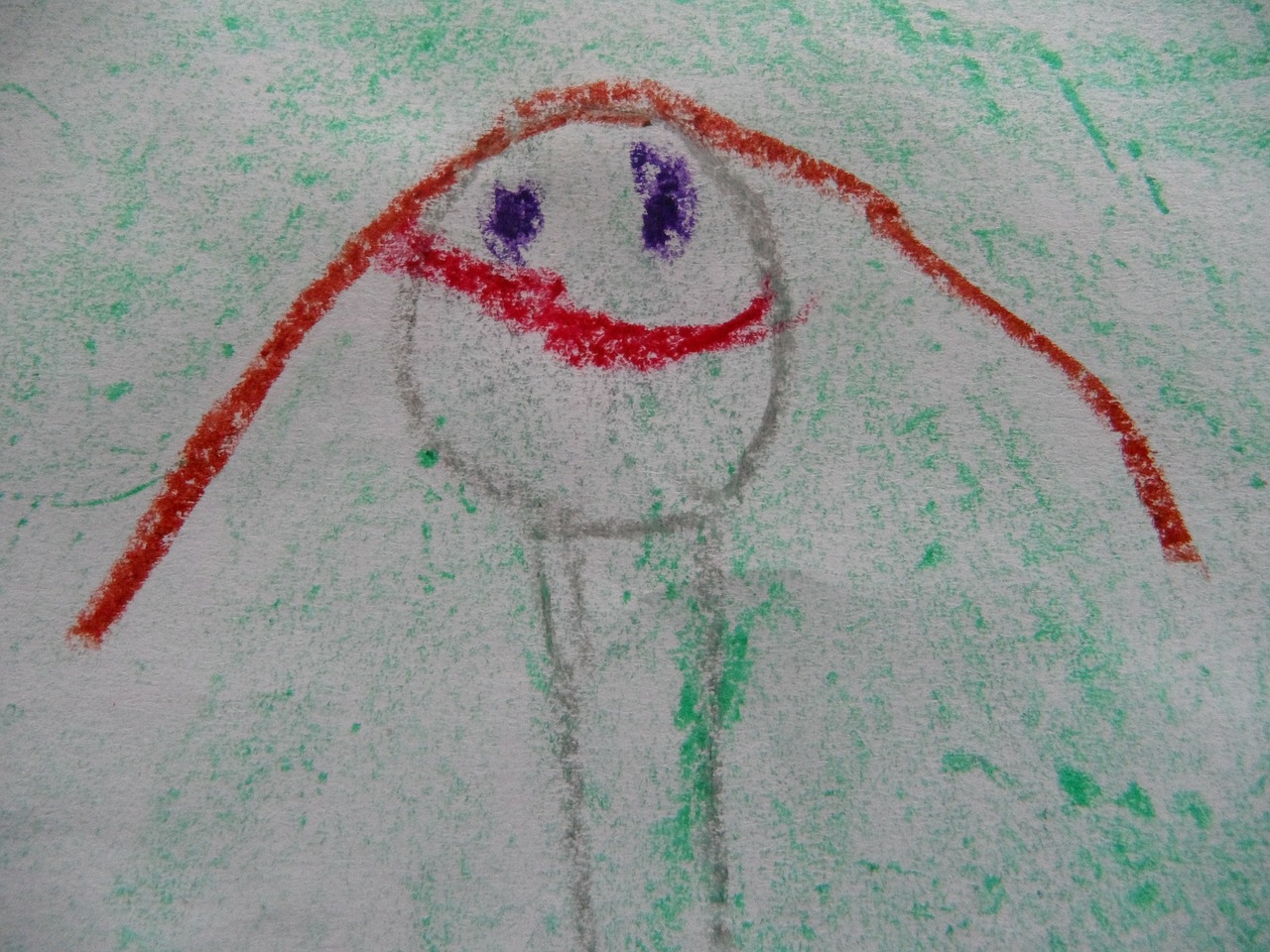Looking at the stages of children’s drawings
Children will often show more ease when drawing rather than painting, this is due to children developing control in using those mark making implements. However it is just as important to ensure children are given the opportunity to explore paint as they enjoy the sensory experience.
As early years practitioners you will observe children’s drawings stages on a regular basis, you will begin to understand that these stages are linked very closely to other areas of development, for instance children’s hand movements, this is a physical development but it is also an important stage in children’s drawings.
Here is a brief explanation of the stages of children’s drawings
First stage
- Children will begin by exploring the materials around them. They may not necessarily hold the tools correctly but at this stage it is about familiarising themselves with the tool and seeing what they can do with them
Second stage
- At this stage you will begin to see circular marks as well as straight lines. Children may begin to use gestures as a form of expression.
Third stage
- Children will begin to draw with a purpose. They may talk about what they are going to draw, the end product may not look what they have said it is but to them that is what their drawing is. Children will start to attempt to draw people; at this stage many body parts such as legs arms etc are not yet drawn.
Fourth stage
- Pictures begin to be more recognisable and those people begin to have legs and arms, however they may not neccesarily be in the correct place.
Fifth stage
- Children begin to draw with increasing control and skill. They begin to choose colour for a particular purpose. Their pictures contain more detail

Leave a Reply